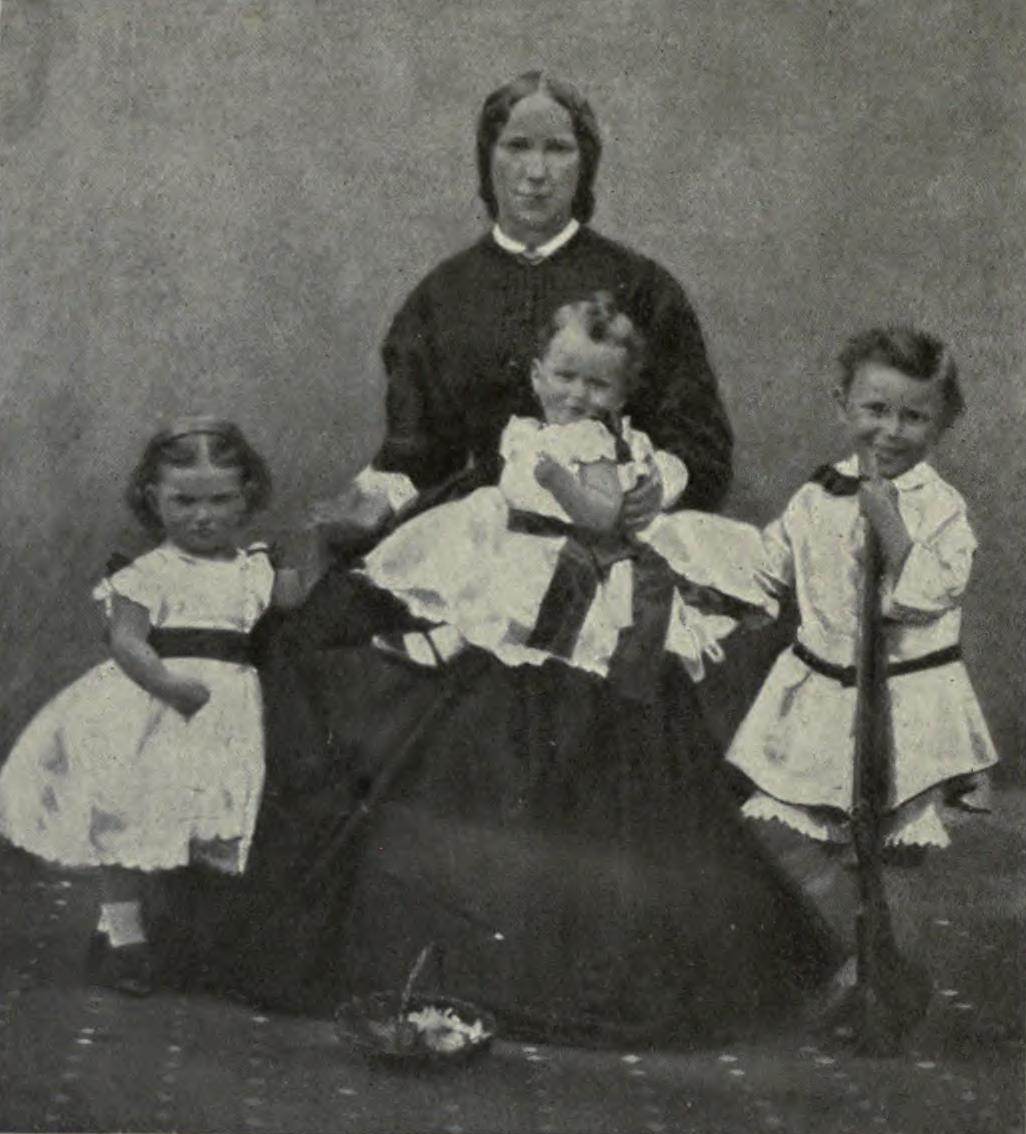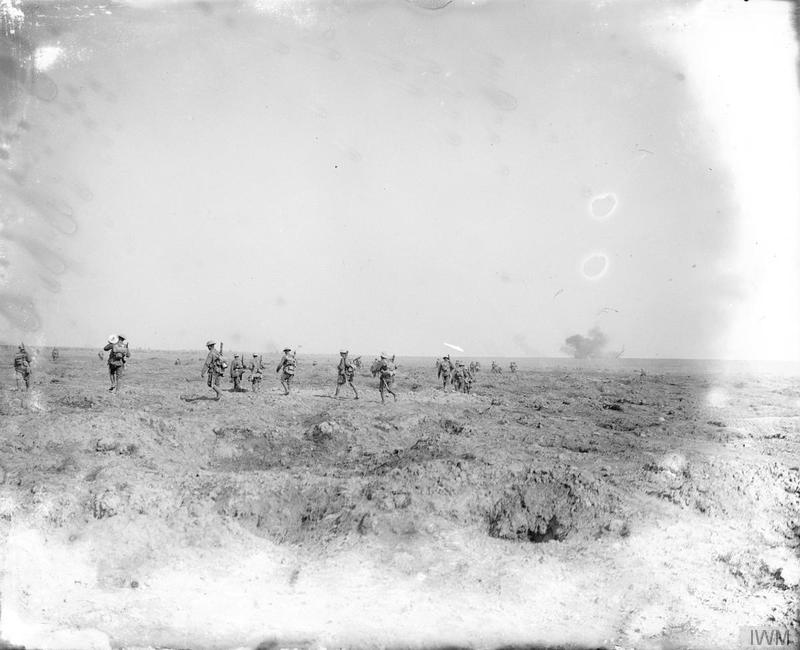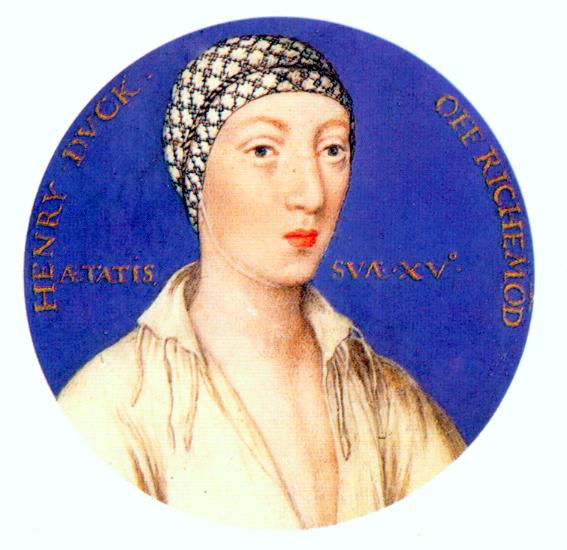|
Thukela Heights
The Battle of Tugela (or Thukela) Heights, consisted of a series of military actions lasting from 14 February through to 27 February 1900 in which General Sir Redvers Buller's British army forced Louis Botha's Boer army to lift the Siege of Ladysmith during the Second Boer War. Background Buller's army had made three earlier attempts to raise the Boer siege of Ladysmith. The battles of Colenso, Spion Kop and Vaal Krantz each resulted in embarrassing British defeats at the hands of Botha's army of Boer irregulars. In three months, British casualties rose to 3,400 men while Boer losses were much lower. On 12 February, Buller ordered a fourth attempt to relieve Ladysmith. He hoped to exploit his ten-to-one superiority in artillery and four-to-one advantage in numbers. The direct route to Ladysmith lay along the railroad, which ran mostly north and south. The railroad crossed the Tugela River at Colenso, ran along the north bank of the river, snaked between Railway Hill a ... [...More Info...] [...Related Items...] OR: [Wikipedia] [Google] [Baidu] |
Lance Thackeray
Lot "Lance" Thackeray (17 January 1867 – 10 August 1916) was an English illustrator, known especially for his comic sporting illustrations involving billiards and golf and for his many humorous postcards. Born in Darlington to Thomas Thackeray and his wife Selina Neish, Thackeray was baptized into the Church of England on 17 February 1867 at St John’s Church, Darlington. At the 1881 United Kingdom census, Thackeray, one of nine children, was aged fourteen and was still at school, while his father was recorded as a railway foreman porter. Two older sisters were a dressmaker and a milliner. His 82-year old maternal grandfather, originally from Scotland, was living with the family and was a gardener. Thackeray was a founding member of the London Sketch Club. When he was over thirty, he spent some winters in Egypt and produced humorous sketches which he collected in ''The Light Side of Egypt'' (1908). [...More Info...] [...Related Items...] OR: [Wikipedia] [Google] [Baidu] |
Herbert Kitchener, 1st Earl Kitchener
Horatio Herbert Kitchener, 1st Earl Kitchener, (; 24 June 1850 – 5 June 1916) was a senior British Army officer and colonial administrator. Kitchener came to prominence for his imperial campaigns, his scorched earth policy against the Boers, his expansion of Lord Roberts' concentration camps during the Second Boer War and his central role in the early part of the First World War. Kitchener was credited in 1898 for having won the Battle of Omdurman and securing control of the Sudan for which he was made Baron Kitchener of Khartoum. As Chief of Staff (1900–1902) in the Second Boer War he played a key role in Roberts' conquest of the Boer Republics, then succeeded Roberts as commander-in-chief – by which time Boer forces had taken to guerrilla fighting and British forces imprisoned Boer civilians in concentration camps. His term as Commander-in-Chief (1902–1909) of the Army in India saw him quarrel with another eminent proconsul, the Viceroy Lord Curzon, who eventu ... [...More Info...] [...Related Items...] OR: [Wikipedia] [Google] [Baidu] |
5th Infantry Division (United Kingdom)
The 5th Infantry Division was a regular army infantry division of the British Army. It was established by Arthur Wellesley, 1st Duke of Wellington for service in the Peninsular War, as part of the Anglo-Portuguese Army, and was active for most of the period since, including the First World War and the Second World War and was disbanded soon after. The division was reformed in 1995 as an administrative division covering Wales and the English regions of West Midlands, East Midlands and East. Its headquarters were in Shrewsbury. It was disbanded on 1 April 2012. Peninsular War The 5th Division during the Peninsular War under the command of General James Leith was present at most of the major engagements including the Battle of Bussaco, the Battle of Sabugal, the Siege of Almeida, the Battle of Badajoz, the Battle of Salamanca, the Battle of Vitoria, the Siege of San Sebastian, the Battle of Nivelle and the Battle of the Nive. Peninsular War order of battle The order of battl ... [...More Info...] [...Related Items...] OR: [Wikipedia] [Google] [Baidu] |
Charles Warren
General Sir Charles Warren, (7 February 1840 – 21 January 1927) was an officer in the British Royal Engineers. He was one of the earliest European archaeologists of the Biblical Holy Land, and particularly of the Temple Mount. Much of his military service was spent in British South Africa. Previously he was police chief, the head of the London Metropolitan Police, from 1886 to 1888 during the Jack the Ripper murders. His command in combat during the Second Boer War was criticised, but he achieved considerable success during his long life in his military and civil posts. Education and early military career Warren was born in Bangor, Gwynedd, Wales, the son of Major-General Sir Charles Warren. He was educated at Bridgnorth Grammar School and Wem Grammar School in Shropshire. He also attended Cheltenham College for one term in 1854, from which he went to the Royal Military College, Sandhurst and then the Royal Military Academy at Woolwich (1855–57). On 27 December 1857, he w ... [...More Info...] [...Related Items...] OR: [Wikipedia] [Google] [Baidu] |
Victoria Cross
The Victoria Cross (VC) is the highest and most prestigious award of the British honours system. It is awarded for valour "in the presence of the enemy" to members of the British Armed Forces and may be awarded posthumously. It was previously awarded by countries of the Commonwealth of Nations, most of which have established their own honours systems and no longer recommend British honours. It may be awarded to a person of any military rank in any service and to civilians under military command. No civilian has received the award since 1879. Since the first awards were presented by Queen Victoria in 1857, two-thirds of all awards have been personally presented by the British monarch. The investitures are usually held at Buckingham Palace. The VC was introduced on 29 January 1856 by Queen Victoria to honour acts of valour during the Crimean War. Since then, the medal has been awarded 1,358 times to 1,355 individual recipients. Only 15 medals, of which 11 to members of the Britis ... [...More Info...] [...Related Items...] OR: [Wikipedia] [Google] [Baidu] |
Edgar Thomas Inkson
Colonel Edgar Thomas Inkson (5 April 1872 – 19 February 1947) was a recipient of the Victoria Cross, the highest and most prestigious award for gallantry in the face of the enemy that can be awarded to British and Commonwealth forces. Victoria Cross Inkson was 27 years old, and a lieutenant in the Royal Army Medical Corps, British Army, attached to The Royal Inniskilling Fusiliers during the Second Boer War when the following deed took place on 24 February 1900, at Hart's Hill, Colenso, South Africa for which he was awarded the VC: He was promoted to Captain while still serving in South Africa. Captain Inkson personally received the decoration by King Edward VII during an investiture at Buckingham Palace on 12 May 1902. His Victoria Cross is displayed at the Army Medical Services Museum, Mytchett, England. Inkson is buried in Brookwood Cemetery. Later career He later achieved the rank of colonel after serving in the First World War. References *Monuments to Courag ... [...More Info...] [...Related Items...] OR: [Wikipedia] [Google] [Baidu] |
Royal Inniskilling Fusiliers
The Royal Inniskilling Fusiliers was an Irish line infantry regiment of the British Army in existence from 1881 until 1968. The regiment was formed in 1881 by the amalgamation of the 27th (Inniskilling) Regiment of Foot and the 108th Regiment of Foot. It saw service in the Second Boer War, the First World War and the Second World War. In 1968 it was amalgamated with the other regiments in the North Irish Brigade, the Royal Ulster Rifles, and the Royal Irish Fusiliers (Princess Victoria's) into the Royal Irish Rangers. History 1881 – 1914 On 1 July 1881 the 27th (Inniskilling) Regiment of Foot and the 108th Regiment of Foot were redesignated as the 1st and 2nd Battalions, The Royal Inniskilling Fusiliers, respectively. In 1903 the Regiment was granted a grey hackle for their fusilier raccoon-skin hats to commemorate the original grey uniforms of the Inniskilling Regiment. The regimental district comprised the City of Londonderry and the counties of Donegal, Londonde ... [...More Info...] [...Related Items...] OR: [Wikipedia] [Google] [Baidu] |
Fitzroy Hart
Fitzroy or FitzRoy may refer to: People As a given name *Several members of the Somerset family (Dukes of Beaufort) have this as a middle-name: **FitzRoy Somerset, 1st Baron Raglan (1788–1855) ** Henry Charles FitzRoy Somerset, 8th Duke of Beaufort (1824–1899) ** Henry Adelbert Wellington FitzRoy Somerset, 9th Duke of Beaufort (1847–1924) ** Henry Hugh Arthur FitzRoy Somerset, 10th Duke of Beaufort (1900–1984) ** Henry FitzRoy Somerset, 12th Duke of Beaufort (born 1952), called Bunter Worcester *Fitzroy Alexander (1926–1988), better known as Lord Melody, a calypsonian from Trinidad * Sir Fitzroy Maclean (1911-1996), Scottish soldier, writer and politician As a surname * Fitzroy (surname), i.e. not the form FitzRoy Descendants of Charles II and Barbara Palmer * Anne Lennard, Countess of Sussex or Lady Anne Fitzroy (1661–1722), daughter of King Charles II of England and Barbara Palmer, 1st Duchess of Cleveland * Charles FitzRoy, 2nd Duke of Cleveland (1662–1730), son ... [...More Info...] [...Related Items...] OR: [Wikipedia] [Google] [Baidu] |
Arthur Wynne (British Army Officer)
General Sir Arthur Singleton Wynne, (5 March 1846 – 6 February 1936) was a senior British Army officer from an Irish background who served as Military Secretary. Military career Wynne was commissioned into the 51st Regiment of Foot in 1863.Brigadier-General Wynne Thames Star, 1900 He became adjutant of his regiment in 1868. In 1877, Wynne became Superintendent of Army Signalling during the Iowaki campaign. He served in the from 1878 and was Commander of Field Telegraphs with the Karum Valley Field Force. In 1885 he was awarded the [...More Info...] [...Related Items...] OR: [Wikipedia] [Google] [Baidu] |
3rd Infantry Division (United Kingdom)
The 3rd (United Kingdom) Division is a regular army division of the British Army. It was created in 1809 by Arthur Wellesley, 1st Duke of Wellington, as part of the Anglo-Portuguese Army, for service in the Peninsular War, and was known as the Fighting 3rd under Sir Thomas Picton during the Napoleonic Wars. The division fought at the Battle of Waterloo, as well as during the Crimean War and the Second Boer War. As a result of bitter fighting in 1916, during the First World War, the division became referred to as the 3rd (Iron) Division, or the Iron Division or Ironsides. During the Second World War, the division (now known as the 3rd Infantry Division) fought in the Battle of France including a rearguard action during the Dunkirk Evacuation, and played a prominent role in the D-Day landings of 6 June 1944. The division was to have been part of a proposed Commonwealth Corps, formed for a planned invasion of Japan in 1945–46, and later served in the British Mandate of Palest ... [...More Info...] [...Related Items...] OR: [Wikipedia] [Google] [Baidu] |
Geoffrey Barton
Major General Sir Geoffrey Barton, (22 February 1844 – 8 July 1922) of the 7th Regiment of Foot (Royal Fusiliers), served the British Army from 1862 until 1904. Although he saw service in Ireland, Hong Kong and India, the majority of his campaigns were on the African continent. During the Second Boer War he was put in command of the 6th Brigade of the South Natal Field Force, taking part in the Relief of Ladysmith and the Relief of Mafeking. When he retired to Scotland he took an interest in local politics, the Red Cross Society and the Boy Scout Movement. Early life and family Born in Stuttgart, Germany on 22 February 1844 to Charles Cutts Barton and Emelia Ann Hastings Barton, he was educated at Eton College and he purchased his commission as an ensign on 30 October 1862 and posted to the 1st Battalion which was at the time stationed in Firozpur, Punjab, India. He was promoted to lieutenant in 1865. In 1890 he married Beryl Marie Baskerville Mackenzie and they had ... [...More Info...] [...Related Items...] OR: [Wikipedia] [Google] [Baidu] |
2nd Infantry Division (United Kingdom)
The 2nd Infantry Division was an infantry division of the British Army that was formed and disestablished numerous times between 1809 and 2012. It was raised by Lieutenant-General Arthur Wellesley for service in the Peninsular War (part of the Coalition Wars of the Napoleonic Wars) as the 2nd Division. It was disestablished in 1814, but re-formed the following year for service in the War of the Seventh Coalition. The formation fought at the Battle of Waterloo and played an important role in defeating the final French attack of the day. It then marched into France and became part of the Army of Occupation, and was the only British force allowed to march through Paris. In December 1818, the division was disbanded once again. During the mid- to late-19th century, several formations bearing the name 2nd Division were formed. Only two such were considered part of the division's lineage by Everard Wyrall, who compiled its First World War history. The first was created in 1854 to ... [...More Info...] [...Related Items...] OR: [Wikipedia] [Google] [Baidu] |

_-_front_-_TIMEA.jpg)


.jpg)


